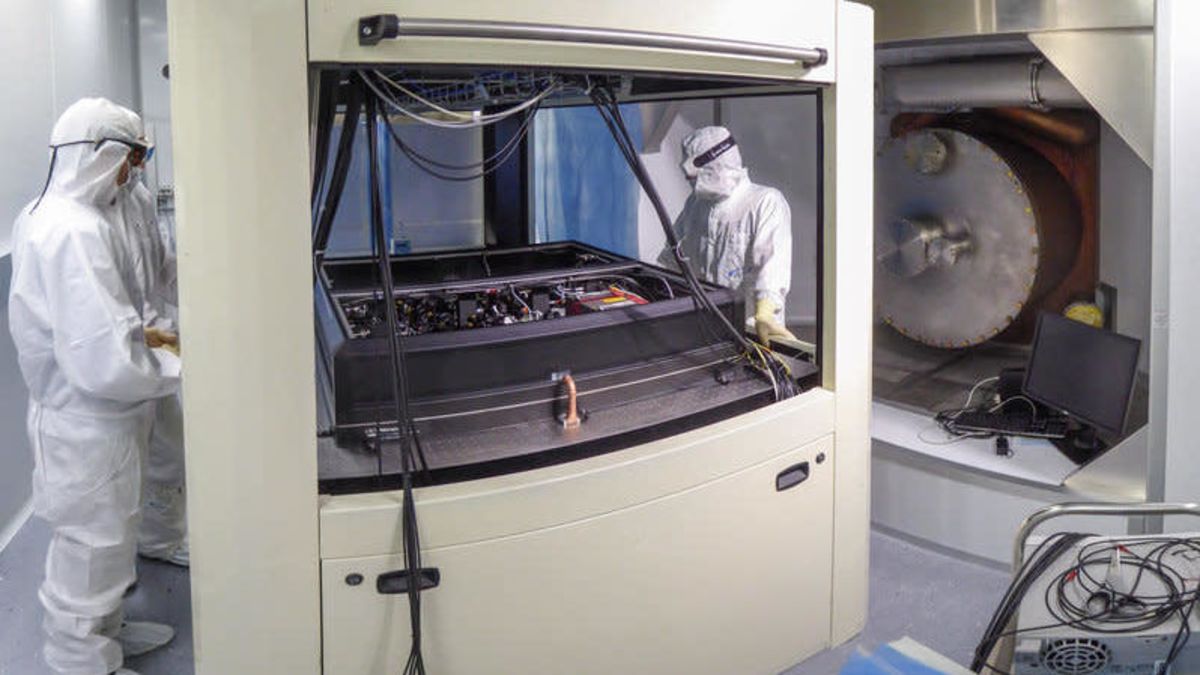Using advanced microscopy methods, scientists captured a moment of breaking of a chemical bond, around half a million times smaller than the width of a human hair. We are now the first generation of humans to have seen atoms.

Volcanic activity did not play a direct role in the mass extinction event that killed the dinosaurs, according to an international team of researchers. It was all about the asteroid.

In 2018, a large number of seismic alerts had been detected everywhere. They created a weird buzzing sound. Now the mysterious hum is identified as rumblings of a magma-filled reservoir deep under the Indian ocean where the new volcano is forming.

Scientists have uncovered a new kind of electrical process in the human brain that could play a key role in the unique way our brains compute.Researchers have discovered that certain cells in the human cortex transmit signals in a way not seen before.

A new study shows that heat energy can leap across a few hundred nanometers of a complete vacuum, thanks to a quantum mechanical phenomenon called the Casimir interaction. It could have profound implications for the design of computer chips.

A surprising new study shows that heat energy can leap across a few hundred nanometers of a complete vacuum, thanks to a quantum mechanical phenomenon. It could have profound implications for the design of computer chips and other nanoscale electronic components.

A new method, the result of decades of research, has allowed researchers to suppress vacuum noise and extend the reach of the gravitational wave detectors.
Harry Potter’s ‘invisibility cloak’ appears closer to reality as Canadian camouflage manufacturer Hyperstealth Biotechnology has applied for patents on its ‘Quantum Stealth’ material.

Latest studies showed that bacteria-infecting viruses called bacteriophages, or simply phages, could kill different strains of the bacterium E. coli by making mutations in a viral protein that bound to host cells.

We have made a great deal of progress in understanding brain activity, and how it contributes to human behavior. But what no one has so far managed to explain is how all of this results in feelings, emotions and experiences.

Earlier this year, US team announced they had grown a mini-brain with neural activity similar to that seen in a preterm infant. The ability to feel or experience the world around them, may be just around the corner — and all the ethical implications it brings.

A team of Israel researchers revealed the 3D printed heart that completely matches the immunological, cellular, biochemical and anatomical properties of a human patient.

This quantum battery is a tiny, nano-size battery meant to be used for applications on the nano scale but the research provides a theoretical demonstration that creating a loss-free quantum battery is possible.

An international team of scientists have found a new compound of plutonium with an unexpected, pentavalent oxidation state This new phase of plutonium is solid and stable, and may be a transient phase in radioactive waste repositories.

Recent study shows that beneath the Yellowstone volcano lies a so-called mantle plume: a chimney-like structure that reaches thousands of kilometres deep to the border of the Earth's core and mantle.